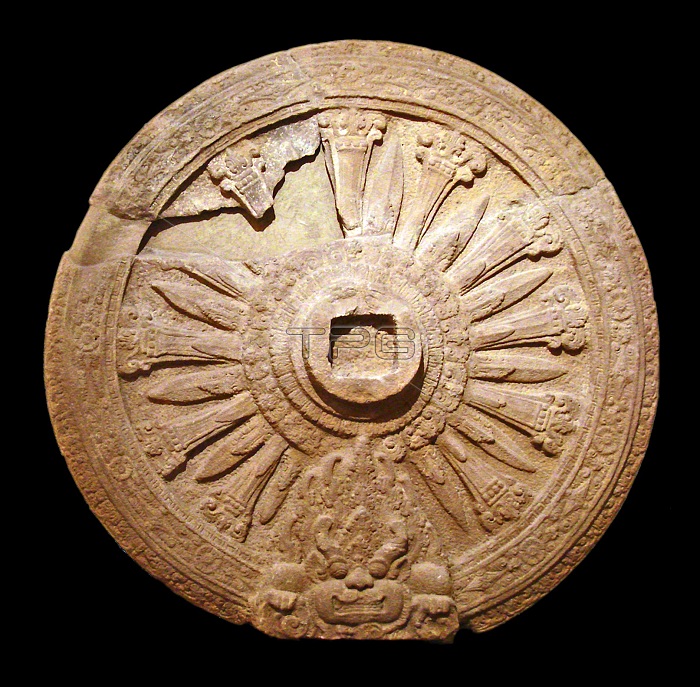
The Dvaravati period lasted from the 6th to the 13th centuries. Dvaravati refers to both a culture and a disparate conglomerate of principalities. By the 10th century, Dvaravati began to come under the influence of the Khmer Empire and central Thailand was ultimately invaded by the Khmer king Suryavarman II in the first half of the 12th century. Haripunchai survived its southern progenitors until the late 13th century AD. when it was incorporated in the Lanna Kingdom. The people of the region used the ancient Mon language, but whether they were ethnically Mon is unknown. There is evidence that these principalities may comprise many cultural groups of people, including Malays and Khmers. The theory of Thai migration into Dvaravati has been refuted and is now known to have happened much later. The term Dvaravati derives from coins which were inscribed in Sanskrit with sri dvaravati. The Sanskrit word dvaravati means 'with many gates'. Its name may derive from the mythical city of Dvaraka in ancient India. Little is known about the administration of Dvaravati. It might simply have been a loose gathering of principalities rather than a centralised state, expanding from the coastal area of the upper peninsula to the riverine region of Chao Phraya river. Hinduism and Buddhism were significant. The main settlements appear to have been at Nakhon Pathom, U Thong and Khu Bua west of the Chao Phraya. Other towns like Lavo (modern-day Lopburi) or Si Thep were also clearly influenced by the Dvaravati culture, but probably were not part of the Dvaravati state. Dvaravati was heavily influenced by Indian culture, and played an important role in introducing Buddhism and particularly Buddhist art to the region.
| px | px | dpi | = | cm | x | cm | = | MB |
Details
Creative#:
TOP27180642
Source:
達志影像
Authorization Type:
RM
Release Information:
須由TPG 完整授權
Model Release:
No
Property Release:
No
Right to Privacy:
No
Same folder images:

 Loading
Loading